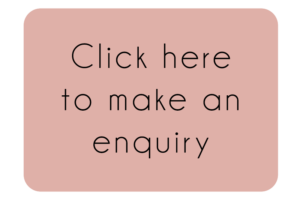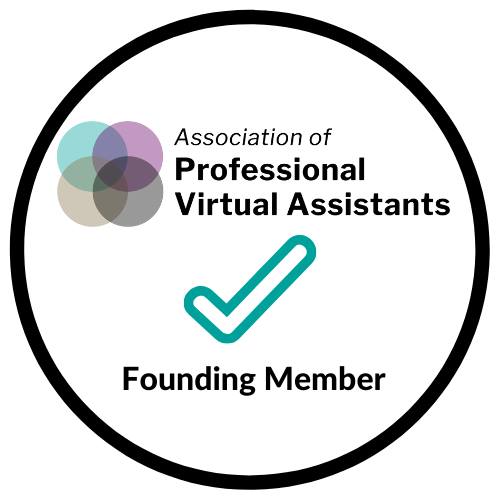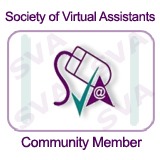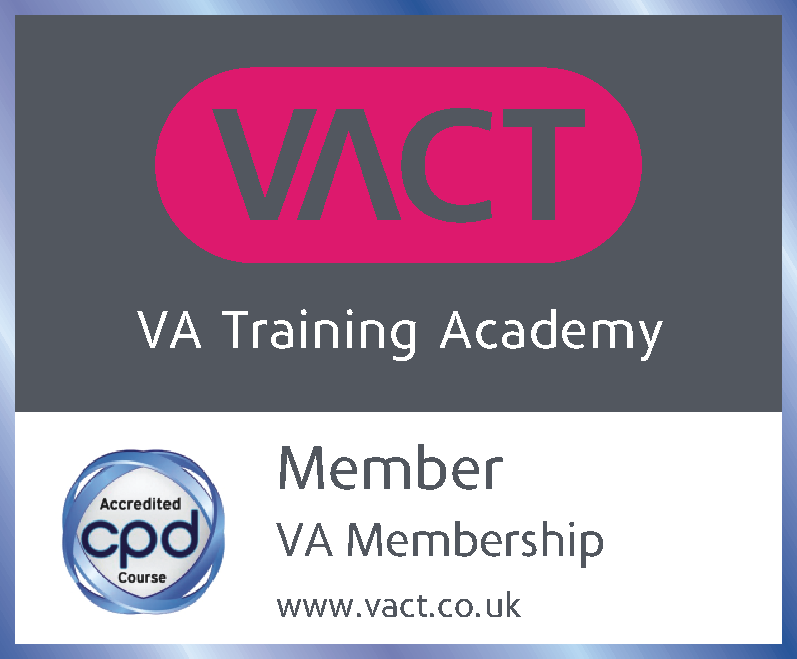The aim of a press release is to raise awareness in your target audience – it’s to keep you (or the company you are writing the press release for) on their radar, by sharing relevant information about you in the media. However, writing a press release doesn’t have to be difficult… if you use these guidelines to help get you started.
#1: Is it newsworthy?
The first rule of writing a press release is to write something that is actually worth writing about. Far too often businesses have press releases written about topics that aren’t of interest to their target audience!
#2: Where’s the human interest?
Press releases do so much better if they actually have an impact on the readers in some way. Journalists will pick up on a topic that has this human interest angle within the press release. It’s a good idea to include relevant quotes too, as they add that extra bit of human interest.
#3: What’s your angle?
 The angle of your press release will vary, depending on your target audience. You may be conveying the same overall information, but your press release needs to be tailored for the audience you are catering for.
The angle of your press release will vary, depending on your target audience. You may be conveying the same overall information, but your press release needs to be tailored for the audience you are catering for.
If you’re writing for a specialist magazine, for example, you’d use specialist terminology when describing processes and strategies – writing for the local newspaper however, would need simpler language. You may also decide to write specifically about the processes involved for the specialist magazines, but opt for a piece on the person behind the process, when aiming for a glossy monthly magazine.
#4: Keep to a simple, but well tested, layout
All press releases tend to follow the same general layout:
- Timescale for release – State if it’s for immediate release or scheduling for a specific date – this is stated at the top of each press release
- Give it a title – This is aimed to grab the attention of the media, not the target audience (as most journalists will change the title anyway)
- Use double spacing and wide margins
- Keep the copy as succinct as possible – One or two pages is more than enough
- Have all the important information in the first paragraph – You can then use the subsequent paragraphs to expand on this information. Test this by seeing if the entire story can be gleaned from just that first paragraph!
- End the press release well – The last paragraph needs to outline important extra information, such as how to order, when the product is released and what else is being worked on. You can then end the press release by typing ‘ENDS’ in bold.
- Add contact information – After you’ve ended the press release, add a ‘further information’ section. This is where you put the main point of contacts email address and mobile number, so journalists can approach them if they wish to have further information.
#5: Send it out correctly
The best way to send out your press release is via email. Most press and media organisations have automatic blocks on emails with attachments though, so make sure you paste the press release in the body of your email. It’s also a good idea to use the title from the press release as the subject header of your email.
Finally, don’t be afraid to follow up. Most journalists are really busy, so give them a quick call to follow up and be ready to give them more information, if needed.
How do you feel about writing press releases? Do you regularly do them or is it something you avoid? What’s been your biggest learning from today’s post? Why not share it in the comments box below!
Images © Nenov Brothers & Brian Jackson (featured image)/Dollar Photo Club





